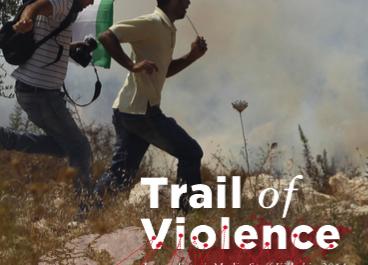Activities
Journalists & Media Staff Killed in 2014
01 Mar, 2015
The International Federation of Journalists (IFJ) has today published its full report on journalists and media staff killed last year in targeted killings, cross fire incidents as well as work-related accidents.
The 24th IFJ annual report calls for a united front to deliver safety in journalism, after 118 killings of journalists and 17 deadly accidents recorded in 2014. The IFJ says that last year’s death toll confirmed the increasing violence against journalist which has reached record levels in the last decade.
“In this regard, 2014 provided more of the same and much worse,” said IFJ General Secretary Beth Costa. “The beheadings of American journalists James Foley and Steven Sotloff by the so-called Islamic State shocked the most hardened risk-taker of media professionals. The journalists were used as pawns and publicly executed in furtherance of a depraved political agenda.”
The 2014 report confirms that Pakistan, Syria, Palestine, Afghanistan, Iraq and Ukraine were the most deadliest countries in the world. It ranks Asia Pacific as the most dangerous region with 39 killings, followed by the Middle East (31), Latin America (26), Africa (17) and Europe (9).
War violence, deliberate and reckless attacks on journalists during armed conflicts are among the major causes of loss of life but the report cites the lack of accountability for crime targeting journalists as the main factor for violence against them.
However, the report welcomes a few encouraging developments in the fight against impunity which were registered last year. They included the first conviction of a Pakistani journalist’s murderer and the arrest of journalists’ killers in Afghanistan and Iraq.
There was also a legal victory for the IFJ and the family of Dyda Hydara, a prominent Gambian journalist who was murdered in 2004, after the Human Rights Court of the Economic Organisation of West African States (ECOWAS) found in favour of their joint application and ordered the Gambian government to re-open an investigation into the journalist’s murder.
The report also noted the various initiatives by the IFJ in 2014 to improve the safety of journalists, including training, the collaboration with the Council of Europe on monitoring violations of journalists’ rights and fact-finding missions to countries where journalists are most under threat such as Mexico and Palestine, to highlight the need for accountability.
“Journalists face serious challenges which require collective action and long term strategy to overcome them,” added Costa. “The IFJ, working with its unions and partners, is committed to meeting these challenges in a united and resolute front to deliver safety in journalism.”
The IFJ international code of practice for the safe conduct of journalism and the report on the IFJ International Safety Fund are also included in the report.
The full report can be accessed here.
Comments
Resources
- IFJ South Asia Media Bulletin, February 2023 02/15/2023 Download
- IFJ South Asia Media Bulletin, January 2023 01/18/2023 Download
- Nepal Press Freedom report 2022 01/03/2023 Download

